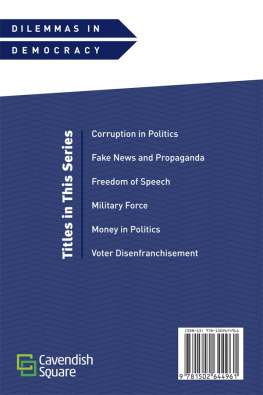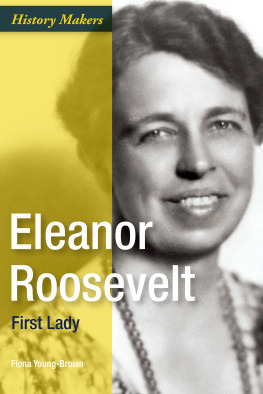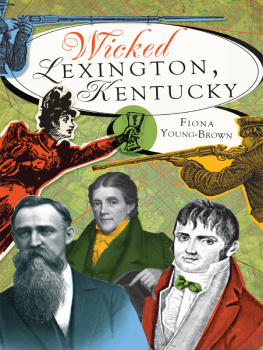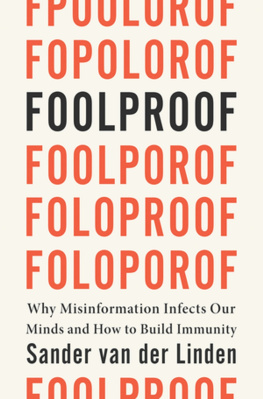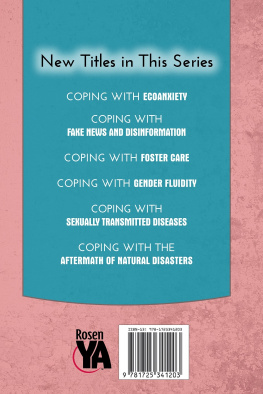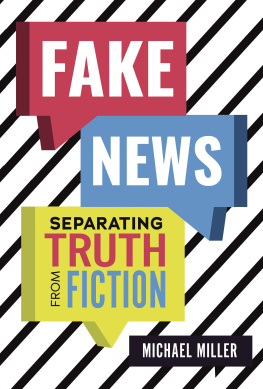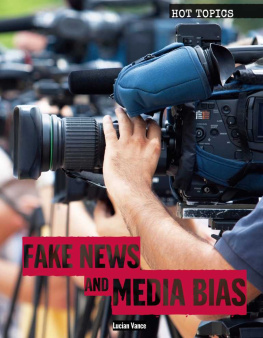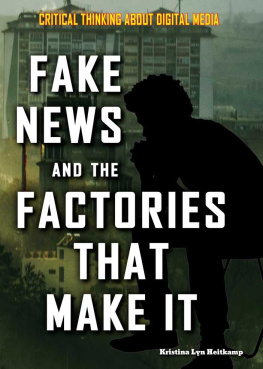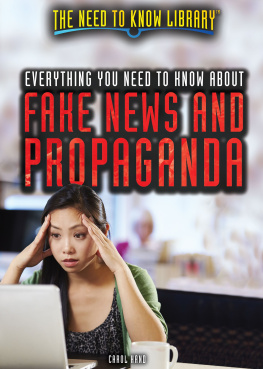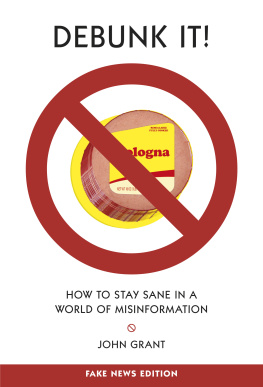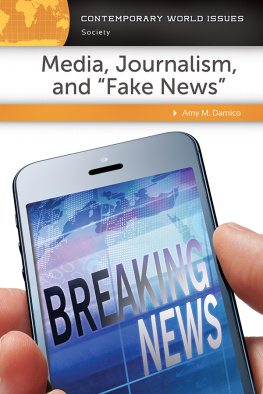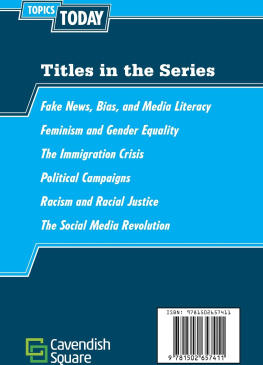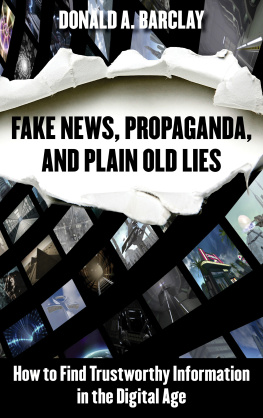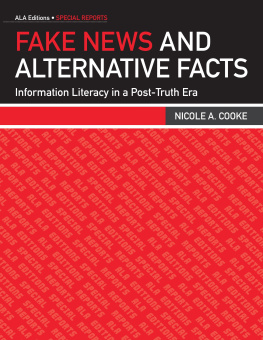
Published in 2020 by Cavendish Square Publishing, LLC
243 5th Avenue, Suite 136, New York, NY 10016
Copyright 2020 by Cavendish Square Publishing, LLC
First Edition
This publication represents the opinions and views of the author based on his or her personal experience, knowledge, and research. The information in this book serves as a general guide only. The author and publisher have used their best efforts in preparing this book and disclaim liability rising directly or indirectly from the use and application of this book.
All websites were available and accurate when this book was sent to press.
Library of Congress Cataloging-in-Publication Data
Names: Young-Brown, Fiona, author.
Description: First edition. | New York : Cavendish Square, 2019. |
Series: Dilemmas in democracy | Includes bibliographical references and index.
Identifiers: LCCN 2018054579 (print) | LCCN 2018060630 (ebook) | ISBN 9781502644978
(ebook) | ISBN 9781502644961 (library bound) | ISBN 9781502644954 (pbk.)
Subjects: LCSH: Fake news--United States--Juvenile literature |
Propaganda--United States--Juvenile literature. | Press and politics--United States.
Classification: LCC PN4888.F35 (ebook) | LCC PN4888.F35 Y68 2019 (print) |
DDC 070.4/3--dc23
LC record available at https://lccn.loc.gov/2018054579
Editorial Director: David McNamara
Editor: Caitlyn Miller
Copy Editor: Alex Tessman
Associate Art Director: Alan Sliwinski
Designer: Christina Shults
Production Coordinator: Karol Szymczuk
Photo Research: J8 Media
The photographs in this book are used by permission and through the courtesy of: Cover yellowline/ Chris Rogers/Photolibrary/Getty Images.
Printed in the United States of America
CONTENTS
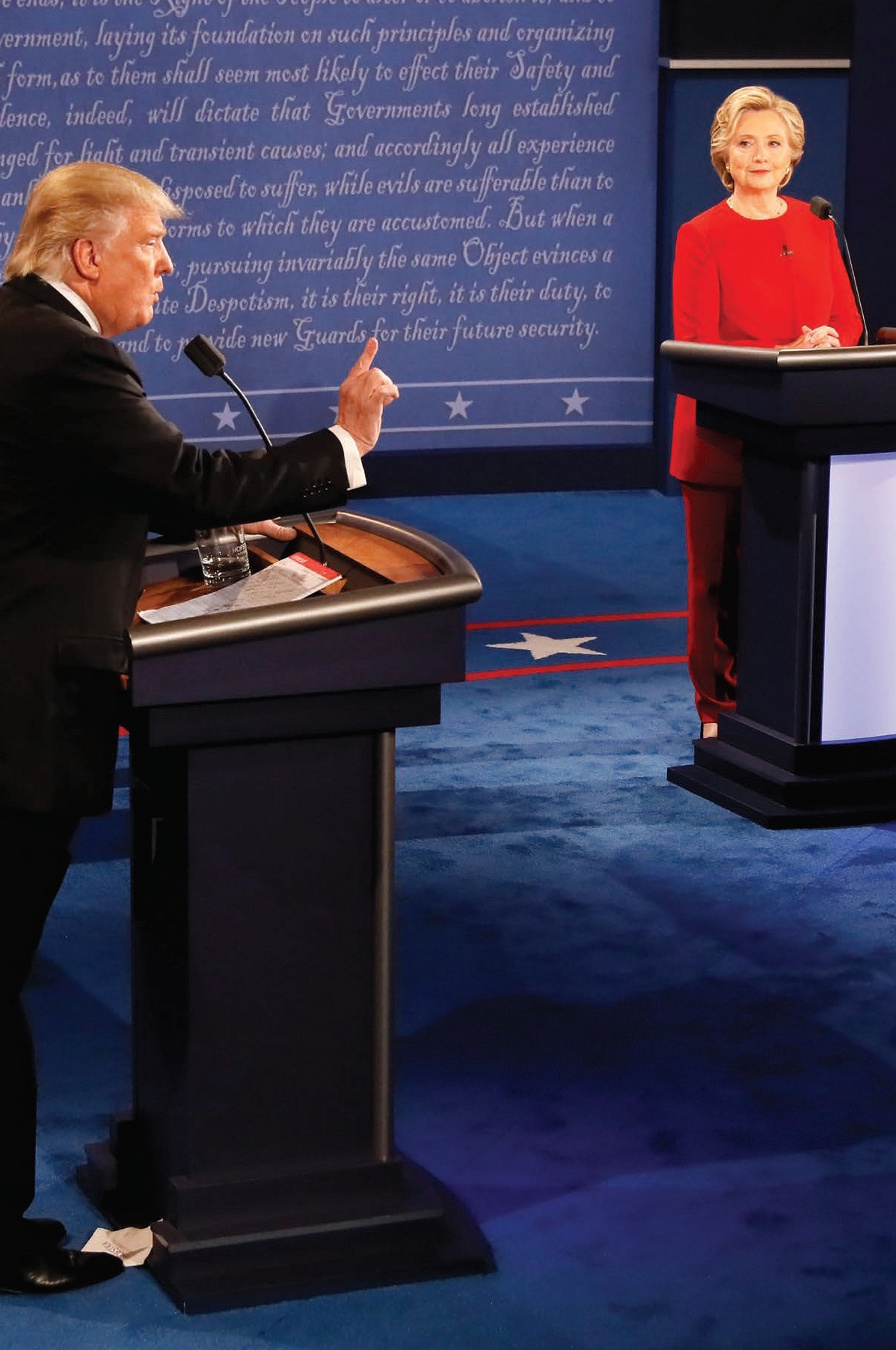
Opposite : Hillary Clinton and Donald Trump debate during the 2016 presidential election. The 2016 election was when the term fake news first became widely used.
CHAPTER 1
What Are Fake News and Propaganda?
S ince the 2016 US presidential election, one phrase seems to appear everywhere: fake news. It is discussed on television, in conversations, and in political campaigns. It is a widespread problem. In fact, experts believe that the average American saw at least one fake news story in the months immediately before the 2016 election. Of those who did see a fake news story, more than half of them believed those stories to be true.
But what is fake news? Is the idea really new? Is it different from propaganda, and if so, how? Perhaps most importantly, are fake news and propaganda dangerous?
Defining Fake News
Fake news can be defined in a variety of ways, but the simplest definition is the most accurate. It is any news story that contains false information on purpose. Or, to quote librarian and author Donald Barclay, Fake news is really just the latest name for the ancient art of lying.
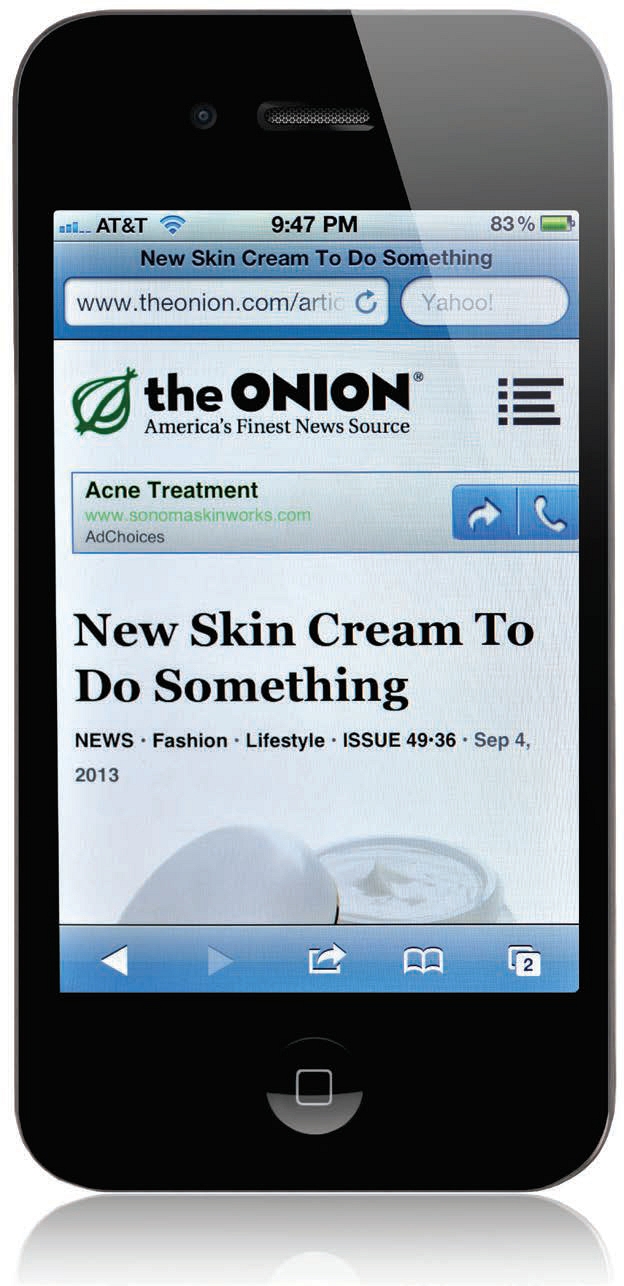
The Onion is a well-known satirical website. Satire is a form of fake news.
Fake news can take many forms and can have many different goals, some harmless, some less so. For example, satire can be a form of fake news. The Onion, which bills itself as Americas Finest News Source, is a satirical publication that pokes fun at the real news. Recent stories include one about a study claiming to have discovered that more than five million birds die every year after colliding with clouds. It doesnt take much time to realize that the story is obviously false and written for entertainment purposes. A story like this is one example of fake news.
Another goal of fake news, besides entertainment, is to make money. After the 2016 election, investigations found that people in several villages in Eastern Europe had made a large amount of money by creating and spreading fake news stories. This is where the intention of fake news becomes a little murkier. The stories being spread were not all obviously false, and while they made money, they also served another purposeas propaganda.
Propaganda is a form of fake news. Sometimes, it may have a significant amount of truth to it. The key is that propaganda is designed to manipulate peoples emotions and to win them over to support a particular political agenda. Even propaganda can be difficult to spot at times. After all, what one person believes to be propaganda may be accepted as the truth by someone else.
Historical Examples
Despite their recent rise to prominence, neither fake news nor propaganda are particularly new. The ancient Greeks used plays as a form of propaganda in order to manipulate peoples responses to an event by using popular culture. Through theatrical performance, they could get the public riled up about an issue or calm them down about a social upheaval. In other words, the writer could manipulate the way people felt about an issue by deciding how to spin the story. This is no different from how modern television and radio broadcasts, newspapers, and magazines often work. The creator brings a certain bias on a topic to present it in a certain light.

Greek plays were an early form of propaganda, used to calm or to rile up the public about an issue.
The Voice of America is an international radio service funded by the US government that has been broadcast in various parts of the world since 1942. It was first used during the Second World War to transmit war news and patriotic songs through Europe and the Pacific. During the Cold War, it started broadcasting to Communist countries with a pro-American message designed to fight anti-American propaganda. Later, Arabic transmissions were sent when tensions were rising in the Middle East. The intent of these broadcasts was to show America in a positive light and to promote the Western ideal of freedom. Meanwhile, other broadcasts were operated by Japanese and German sources to promote an opposing view. In many ways, this was not so different from the ancient Greeks and their theatrical performances.
Such broadcasts arent limited to times of war. There are some who would argue that audiences are continually exposed to propaganda in one form or another through something as simple as television entertainment. The US Navy was heavily involved in the production of the 1986 movie Top Gun, which would make sense to help the films accuracy. After the movie was released, recruitment in the Navy increased dramatically. Could this count as propaganda? Since the 2001 World Trade Center attacks, there have been dozens of new television dramas about government agencies: NCIS, FBI, Homeland, and so on. Are they pure entertainment or are they intended to encourage public faith in the government? Arguments could be made either way, emphasizing that propaganda is not always obvious.
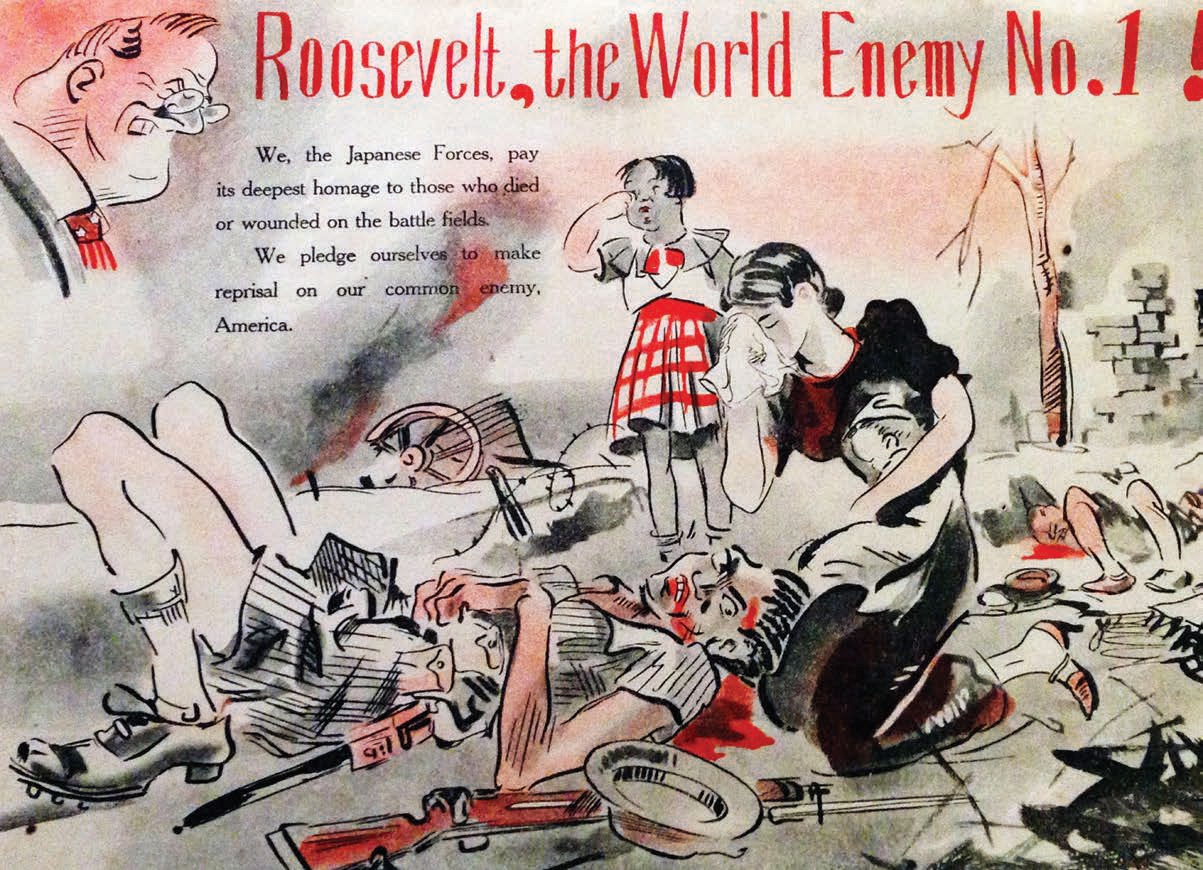
Propaganda was widely used during World War II. This Japanese poster was created in 1941 to criticize the US president.
Both fake news and propaganda can be more easily spread when media is made more readily and cheaply available to the public. The mid to late nineteenth century saw a rise in fake news stories in the United States. It was easy and cheap to begin production of a newspaper, and so many towns, political groups, and ethnic communities all started their own weeklies or dailies. On the one hand, this was a good thing. It brought news of current events to the masses. Yet there was also a downside. Each publication was aimed at a specific audience and so typically took on a partisan tone to give them what they wanted to hear. Fact-checking took a back seat to pleasing and entertaining ones readership. Even one town might have a dozen different newspapers in a dozen different languages, each for one ethnic group, meaning that people read only what suited their specific perspective.

